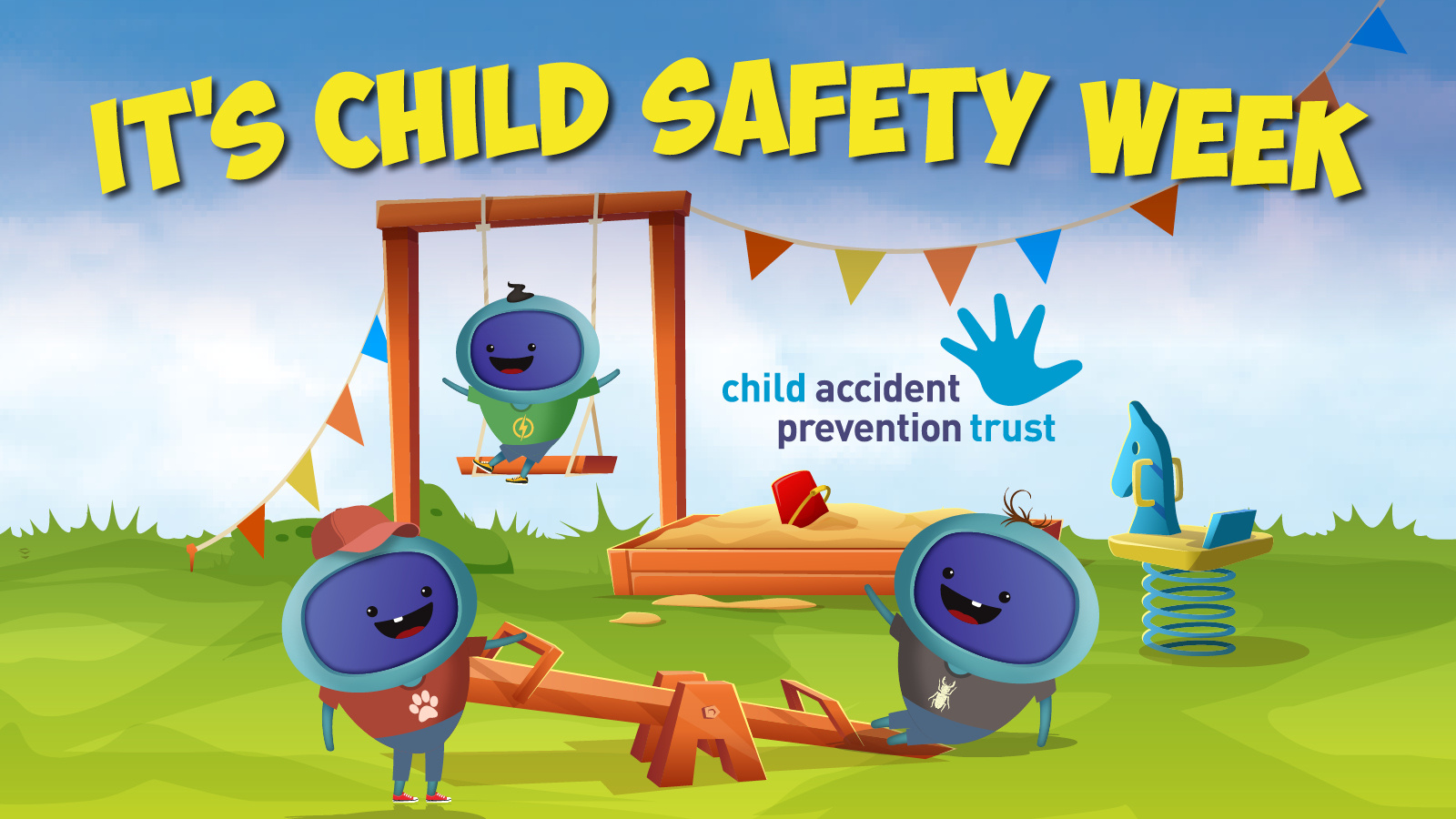
Fire’s hot. It’s indiscriminate in its destruction, so preventing it in your school is essential to protect your members of staff, pupils, visitors, and anyone else on site.
Like any other workplace, schools are full of flammable things – paper, electricals, and plenty more. These things have the potential to ignite and become a big problem for you, your school and everyone in it.
In fact, each year around 1 in 20 schools experiences a fire and nearly 60% of school fires are started deliberately.* The short-term effects of loss of facilities and equipment are obvious but the longer-term effects of loss of coursework, disruption of classes and lowering of morale are much harder to quantify. It’s clear though that a major fire is likely to disrupt a child’s education for many months and could mean postponing tests and exams.
So, how can you ensure your school keeps its cool when the going gets hot?
This guide is here to help – we delve into the current fire safety legislation in place for your school or multi-academy trust, the role of your school’s ‘responsible person’, how to conduct a fire safety assessment, fire prevention measures and guidance for new school buildings.
School fire safety regulation
Ok, so fire regulations aren’t as glamorous as, say, putting out fires with extinguishers. But they are important to learn about.
The Regulatory Reform (Fire Safety) Order 2005 (RRO) covers all things relating to fire safety, and means that the management of fire safety on school premises is carried out, by law, by someone known as a ‘responsible person’. The responsible person ensures all fire safety regulations on site are adhered to. That’s the siting of fire equipment and evacuation maps, testing of alarms, training all employees on what to do in case of emergency… basically, everything to keep everyone in the school safe.
The regulations apply to nursery schools, primary and secondary schools, academies, free schools, special schools, and pupil referral units.
The provision and management of fire safety within schools ultimately include:
- Ensuring procedures are in place to reduce the likelihood of fire
- Maintaining fire detection and alarm systems
- Ensuring staff and pupils are familiar with emergency evacuation procedures
- Ensuring fire risk assessments are kept up to date
- Ensuring fire precautions remain current and adequate
Duties of your school’s designated ‘responsible person’
Also known as the competent person, your school’s designated responsible person’s duties could include:
- Preparing fire risk assessments and performing training
- Proper storing and handling of flammable gases and liquids
- Checking for means of escape
- Record keeping for fire logs, testing, training, and fire drills
- Performing regular fire drills
- Ensuring emergency escape lighting is in good working order
- Providing fire and rescue services with facilities to use
That’s a lot of duties, and there’ll likely be many more, too. It’s a big, and extremely important job.
Fire Safety Risk Assessments
Schools are required to undertake risk assessments to identify the general fire precautions needed to safeguard the safety of occupants in case of fire, including their safe means of escape.
All schools are legally required to have a fire safety plan called a Fire Safety Risk Assessment (FSRA). Although every school’s FSRA will be different, some things are must-haves.
Your school must have regular fire drills to ensure students and staff clearly understand evacuation procedures and it must also make clear who your named fire wardens are. This guidance is set by the Ministry of Housing, Communities and Local Government (MHCLG).
The MHCLG states that schools need to:
- Make sure fire safety plans are in place to reduce the likelihood of fire
- Maintain fire detection and alarm systems
- Make sure staff and pupils are familiar with emergency evacuation plans
It’s also super important that:
- Fire assessments are kept up to date
- Fire precautions remain current and are reviewed when there are significant changes to the building
5 key parts to a school fire risk assessment:
- Fire hazards: Note down anything you have found that could start a fire, or things that can easily burn if one starts.
- Identify the people most at risk: Are there people who are pregnant or physically impaired at your school? Make a note of who they are, where they work, and what they might need in the event of a fire.
- Evaluate fire risks and act upon them: Consider all the risks to your staff, pupils, and visitors in terms of fuel, heat, securing your litter, etc. Think about how you are going to raise the alarm if there is a fire, who will call the fire service, who is responsible for getting people out, and whether a small fire will be tackled (or not) to stop it from spreading, how will everyone escape?
- Record, plan, and train: Have you recorded every potential hazard and the action you have taken to mitigate it? Does everyone know their role in a fire? And has a plan been discussed with all staff? Have you practised a fire drill and recorded the findings? Have staff been nominated to cover fire duties and have they been trained on them? Have all staff been trained on fire prevention measures? Have temporary staff and visitors been informed?
- Review: The final stage in a fire risk assessment is the review stage. Your assessment must be regularly reviewed because things change often. Have you had a fire or a near miss? Have any changes been made to the building that need to be updated on evacuation maps? Have you planned your next fire drill, and finally, have you trained all new staff?
School fire prevention measures
You should develop long-term workable and effective strategies to reduce hazards and the risk of a fire starting at your school. At its simplest, this means separating flammable materials from ignition sources.
You should consider:
- Arson: Fires started deliberately accounted for approximately 60% of all causes of fire in schools**
- Good housekeeping: This will lower the chances of a fire starting, so the accumulation of combustible materials on premises should be monitored carefully.
- Adequate storage: Many of the materials found in educational premises will be combustible. If your premises have inadequate or poorly managed storage areas then the risk of fire is likely to be increased.
- Dangerous substances: Specific precautions are required when handling and storing dangerous substances to minimise the possibility of an incident.
- Equipment and machinery: Lack of preventive maintenance increases the risk of a fire starting in machinery such as allowing ventilation points to become clogged or blocked, causing overheating.
- Electrical safety: Poorly installed and maintained electrical equipment can be a significant cause of accidental fires such as overloaded circuits, bunched or coiled cables or impaired cooling fans.
- Smoking: Carelessly discarded cigarettes and other smoking materials are a major cause of fire.
- Managing building work and alterations: Fires are more frequent when buildings are undergoing refurbishment or alteration.
- Existing layout and construction: In many educational premises, there will be open-plan areas, such as libraries and computer suites which may mean fewer fire doors to prevent spread.
- Hazards in escape route corridors and stairways: Items that are a source of fuel, pose an ignition risk, or are combustible and likely to increase the fire loading or spread of fire, should not be located on any escape route.
- Insulated core panels: Many school buildings have insulated core panels for exterior cladding or for internal structures and partitions. Fire can grow unnoticed in the core and only become apparent when it’s well-developed.
- Restricting the spread of fire and smoke: Consider how to control or restrict the spread of fire and smoke.
- Help for people with special needs: Pay particular attention to pupils, students and staff who have special needs, including those with a disability.
School Fire Safety Policy
Your school’s Fire Safety Policy should be set out in writing, be flexible enough to allow modification and may cover areas such as:
- Who will hold the responsibility for fire safety at management and/or academy level
- Who will be the responsible person for your specific school
- The arrangement whereby those responsible for fire safety will, where necessary, nominate in writing specific people to carry out particular tasks if there is a fire
- Arrangements to monitor and check those individuals responsible for fire safety are meeting the requirements of the fire safety law
- Arrangements to give those persons hiring out the school premises relevant information
Once the emergency plan has been developed and training is given, you will need to evaluate its effectiveness. The best way to do this is to perform a school fire drill.
School fire drill
Your school fire drill should be carried out at least annually or as determined by your fire risk assessment. To account for the turnover of pupils/students, there should be a fire drill at least once a year and preferably once a term.
A well-planned and executed fire drill will confirm understanding of the training and provide helpful information for future training. The responsible person should determine the possible objectives of the drill such as to:
- Identify any weaknesses in the evacuation strategy
- Test the procedure following any recent alteration or changes to working practices
- Familiarise new occupants with procedures
- Test the arrangements for disabled people
Dealing with a fire at school
Let’s be clear about something. If you spot a fire in the school, it isn’t your responsibility, even if you’re the ‘responsible person’, to tackle it. In fact, the best advice is to raise the alarm and get out of there as calmly as you can, ushering as many people as possible along with you towards the entrance doors. If it’s a small fire, and you’re confident and well-trained, you could put it out. But let’s have a look at the proper escape procedure.
Evacuation maps
On every floor in your building, you should be able to find a noticeboard with an evacuation map. The map should show the quickest route of escape from your current position, show you where all the emergency exits are, and where fire doors are located.
Fire alarm points
Ah yes, those little fire alarm points that say ‘break glass’. We’ve all wanted to give that a go, right? Well, when a fire is discovered, it’s finally your chance. Break the glass to set off an alarm that can be heard in all parts of the building, then head out through an emergency exit to your fire assembly point.
Action notices
Action notices should be positioned near alarm points, they tell you what to do in the event of an emergency. Generally, raise the alarm, leave the building by the nearest safe exit and then call emergency services. All stuff you know, but in the heat of the moment, it’s shocking how easily your mind can go blank.
Emergency exits
Emergency exits must be clearly marked, with an illuminated sign. Emergency lights run off the normal lighting system but have back-up batteries which kick in when the power is cut, so should always be visible. If not, they’ll be covered in a glowing, phosphorescent coating so you can see them even in the dark.
So, where do you go once the building has been evacuated?
Well, marked on the evacuation map is a fire assembly point. Every school should have a designated area. Head to this area immediately, so that the designated fire marshal can take a register. That way, they know who is unaccounted for, and they can tell the fire brigade when they arrive. The assembly point should be far enough away that any potential explosions won’t reach you, allowing firefighters room to access the blaze without staff or pupils getting in their way.
Fire safety guidance for new school buildings
It’s crucial that new schools are designed and built to ensure they are safe and secure so building work at all schools must comply with the building regulations enforced by local building-control bodies. Building Bulletin 100: design for fire safety in schools is the normal means of compliance with building regulations for fire safety design in new school buildings.
School fire safety awareness training
In the event of a fire, the actions of teachers/lecturers and other relevant persons (e.g., pupils/students) are likely to be crucial to their safety and that of other people in the school.
All teachers/lecturers should receive basic fire safety induction training and attend refresher sessions at regular intervals. Teaching staff will play a critical role in the evacuation of the school premises with children relying on them for guidance. It’s essential that they are fully up to speed with all the aspects of the fire strategy for the premises, not only the evacuation procedure but day-to-day fire prevention and protection measures.
It's also good practice to provide pupils and students with some form of fire safety training so that they are aware of the actions to be taken in the event of a fire.
Learn more
If you're interested in a scalable safety management system that helps simplify risk assessments and helps you get on top of fire safety at your school, check out iAM Compliant. IOSH-certified Fire Safety Awareness training is available now in the iAM Learning library alongside a range of other eLearning courses.
Discover more about iAM Compliant by taking a free trial or book a demo with the team to discover how iAM Compliant could help you.
—----------------------------------------------------------------------------------------------------------------------------


